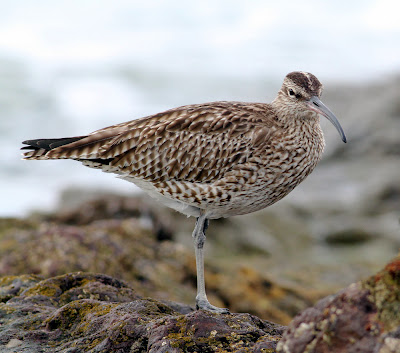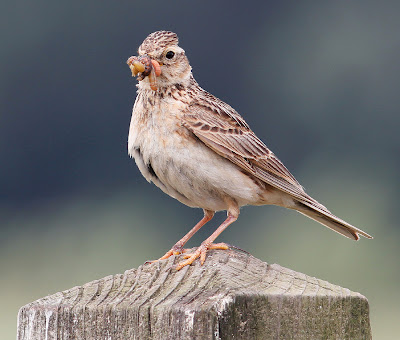The new page-a-day had waited patiently on the dining room table all day yesterday just aching for somebody to pick it up. It just had to be, so this morning I slipped the little book in the right hand pocket of my old birding jacket and then set off for Knott End and Pilling, the first birding session of 2014.
Another Bird Blog Diary 2014
With still three hours to high tide at Knott End there wasn’t much doing, the usual tight pack of Oystercatchers forming on the flat shore with just a smattering of Sanderling sticking to the tide line, and 15 Turnstones already on the tiny but unkempt part of foreshore they favour.
A walk along the esplanade found 40+ Twite, 2 Rock Pipits and 2 Pied Wagtail, and down near the village, the noisy and flighty gangs of Lapwing and Redshanks. Driving through the village I could see the Rooks about the trees above the Library, an old established but now small Rookery as the tall trees eventually succumb to old age.
I checked the flood at Fluke Hall where the usual Lapwings were absent but 24 Redshanks and a single Black-tailed Godwit were still about. I’m wondering if the Black-tail isn’t too well, as a usually gregarious species turns into a rather lonesome individual. I was still in the car when along the road and above Fluke Hall I spotted a Peregrine, gliding and circling in the direction of the marsh. By the time I reached the trees the falcon had disappeared but I saw it later as I walked the sea wall, beating up the waders, distant and into the light for the inevitable “record shot”.
Black-tailed Godwit
Peregrine
Also on the stubble, spent maize fields and wildfowler’s pools, 26 Linnet, 12 Skylark, 300+ Jackdaw, 25 Woodpigeon, 70 Shelduck, 2 Little Egret, 22 Pintail and 15 Whooper Swans.
Whooper Swan
Whooper Swan
Along the shore were good numbers of Curlew, Redshank, Oystercatcher, Dunlin and Knot, the fast rising tide moving the birds quickly and constantly. On the incoming water I noted 2 Red-breasted Merganser and a Goldeneye, plus many hundreds of Shelduck.
Curlew
Redshanks
Someone asked me just a day or two ago why many birds fly in formation, so today I took a shot of some pinkies (Pink-footed Geese) in formation flight.
Pink-footed Geese
The V shape of the flock conserves a bird’s energy. Each bird flies slightly above the bird in front resulting in a reduction of wind resistance. The birds take turns being in the front, falling back when they get tired. In this way, the geese can fly for a long time before they must stop for rest.
Another benefit to the V formation is that it is easy to keep track of every bird in the group. Flying in formation may assist with the communication and coordination within the group. Fighter pilots often use this formation for the same reason.
There’s more news, views and pictures on Another Bird Blog during the rest of 2014. Stay tuned.
Linking today to Eileens Saturday Blog, Anni's Blog and Camera Critters.
Linking today to Eileens Saturday Blog, Anni's Blog and Camera Critters.


































































.jpg)












